Tarantula Care Guide Top 5 Must-Knows
Bringing a tarantula into your home can be an exciting experience, but it’s crucial to be well-prepared. These fascinating creatures require specific care to thrive, and understanding their needs is essential for their well-being and your enjoyment. This guide provides the top 5 must-knows for successful tarantula ownership, covering everything from choosing the right species to ensuring their health and safety. By following these guidelines, you can provide a happy and healthy life for your eight-legged friend.
Choosing the Right Tarantula
Not all tarantulas are created equal, and some species are better suited for beginners than others. Before you acquire a tarantula, it’s essential to research different species and consider your experience level. Some tarantulas are known for their docile temperaments and are relatively easy to care for, while others can be more defensive or have specific environmental needs. Careful selection will set you up for a positive tarantula-keeping experience.
Researching Different Tarantula Species
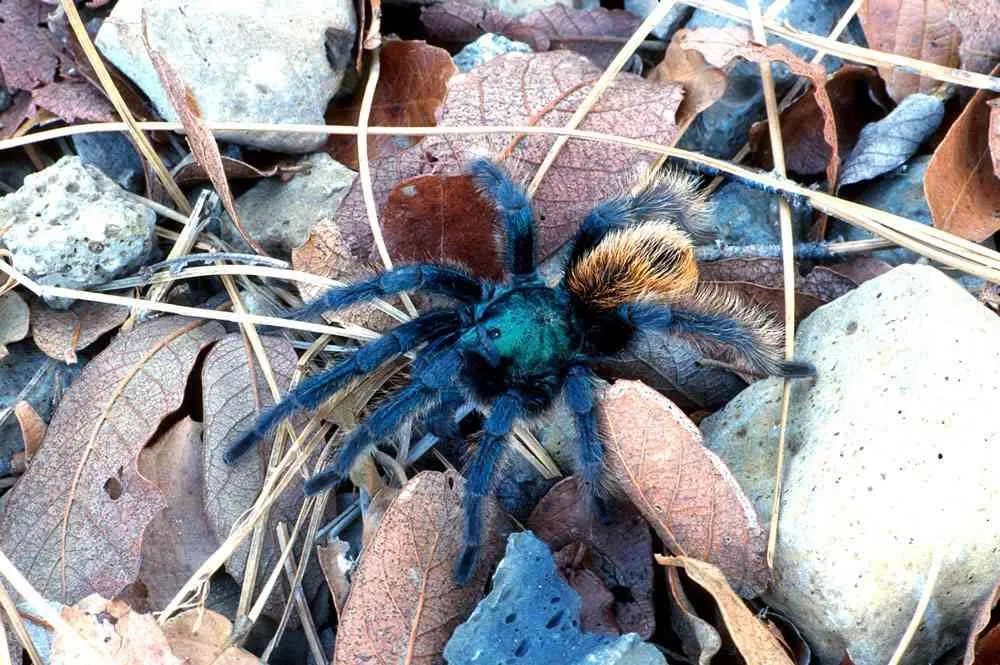
Start by researching common beginner-friendly species. The Chilean Rose Hair tarantula (Grammostola rosea) is a popular choice due to its docile nature and relatively low care requirements. Other good options include the Pinktoe tarantula (Avicularia avicularia) and the Mexican Red Knee tarantula (Brachypelma hamorii). Research their size, temperament, venom potency, and specific care requirements before making a decision. Reliable sources such as reputable pet stores, online forums, and arachnid societies can provide valuable information.
Considering Your Lifestyle and Experience Level
Assess your lifestyle and experience level. Consider the time you can dedicate to caring for a tarantula, including feeding, habitat maintenance, and observation. If you are new to keeping exotic pets, starting with a species known for its ease of care is advisable. Be realistic about your ability to meet the tarantula’s needs. Also, consider whether you have any allergies or phobias that could affect your ability to care for a tarantula long-term. This careful evaluation will lead you to the best choice for both you and your new pet.
Setting Up the Perfect Habitat
Creating the right habitat is critical for a tarantula’s health and happiness. The enclosure needs to provide a safe, secure, and comfortable environment that mimics its natural habitat. Proper habitat setup includes the right enclosure size, substrate, temperature, humidity, and hiding places. Careful attention to these details will ensure your tarantula thrives in its new home.
Choosing the Right Enclosure
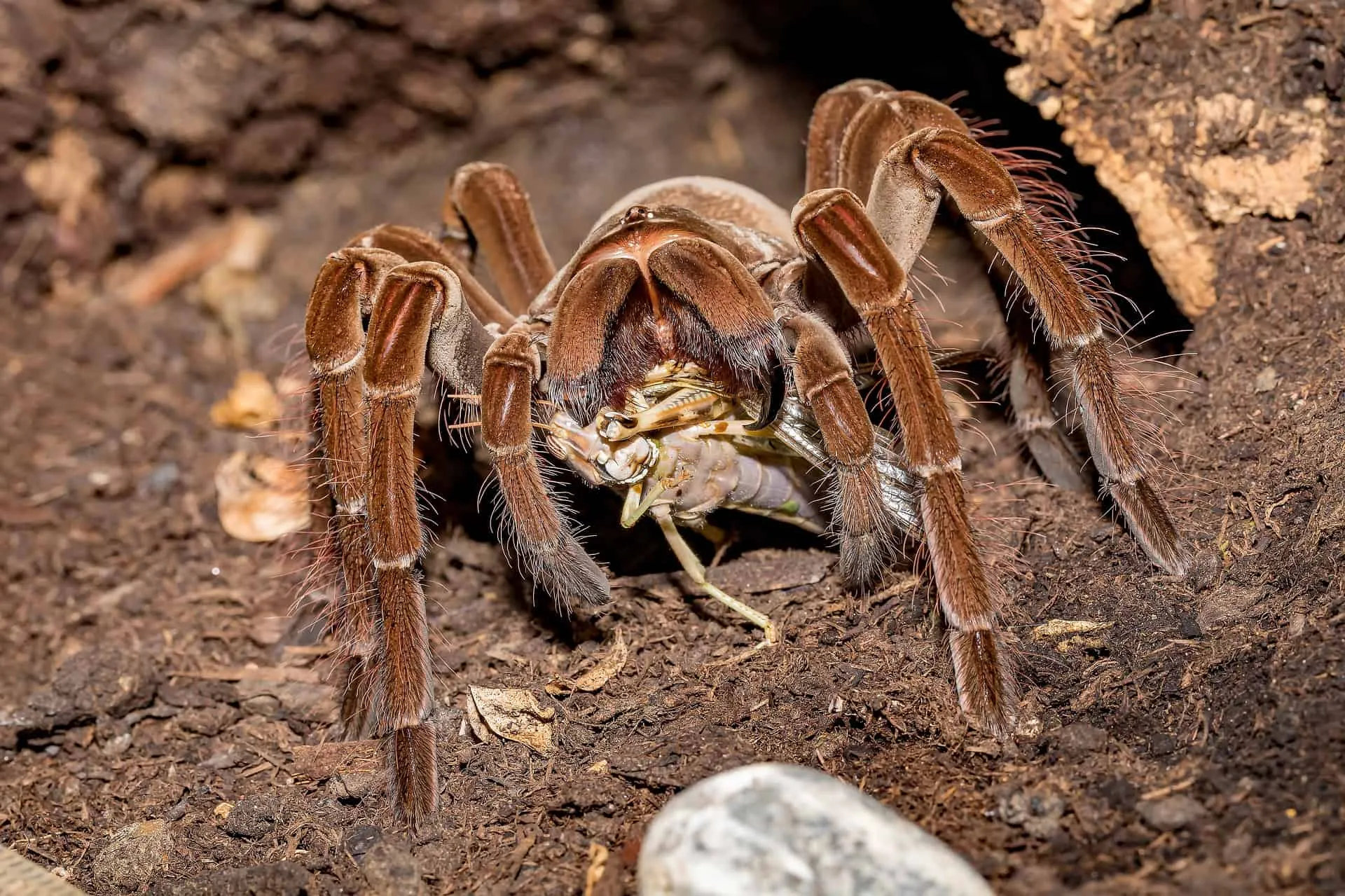
The enclosure should be appropriately sized for the species and the tarantula’s size. Generally, a terrestrial tarantula should have a floor space that is at least twice its leg span wide and deep, while arboreal species need more vertical space. The enclosure must be escape-proof, with a secure lid. Glass or clear plastic enclosures are standard, allowing for easy viewing. Make sure the enclosure has adequate ventilation to prevent the build-up of humidity and mold. Consider the adult size of the tarantula when selecting an enclosure.
Substrate Selection for Tarantulas
The substrate is the bedding material that lines the bottom of the enclosure. It serves several purposes, including providing a surface for the tarantula to walk on, burrowing material, and helping to maintain humidity. Common substrates include coconut fiber, peat moss, and vermiculite. Avoid using substrates that are toxic or can harm the tarantula. The depth of the substrate depends on the species; burrowing species need deeper substrate. Regular spot cleaning is essential to maintain cleanliness.
Providing Essential Environmental Factors
Maintaining the right temperature and humidity levels is critical. Most tarantulas thrive in temperatures between 75-85°F (24-29°C). Use a thermometer to monitor the temperature. Humidity levels vary by species; desert species need lower humidity (40-60%), while tropical species need higher humidity (70-80%). Mist the enclosure with water as needed to maintain humidity. Providing a water dish with fresh water is also essential, and the size of the water dish must be appropriate to prevent drowning.
Feeding Your Tarantula the Right Diet
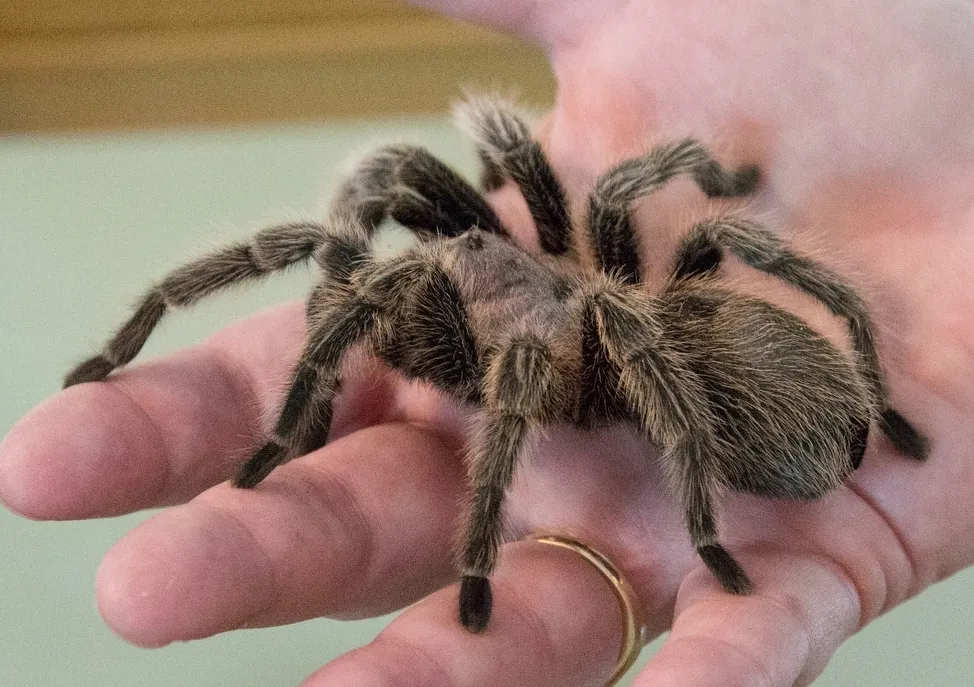
Tarantulas are carnivores, so their diet consists primarily of insects. Providing the right food items and feeding frequency is essential for their health and growth. Understanding their dietary needs and choosing the right food sources will keep your tarantula well-nourished.
Understanding Tarantula Dietary Needs
Tarantulas require a diet rich in protein to support their growth. The specific nutritional needs may vary slightly between species, but a general understanding is crucial. They don’t need a complex diet, but the food must be nutritious and safe. Avoid feeding them insects from your garden, as they might be contaminated with pesticides. A varied diet can help to ensure they get all the necessary nutrients.
Choosing Appropriate Food Items
Common food items include crickets, mealworms, and roaches. Ensure the insects are gut-loaded before feeding them to your tarantula. Gut-loading involves feeding the insects a nutritious diet, which passes essential nutrients to the tarantula. Avoid feeding prey that is too large for the tarantula, as it may not be able to eat it, and it can potentially harm your pet. Remove any uneaten food within 24 hours to prevent mold and mites.
Feeding Frequency and Quantity
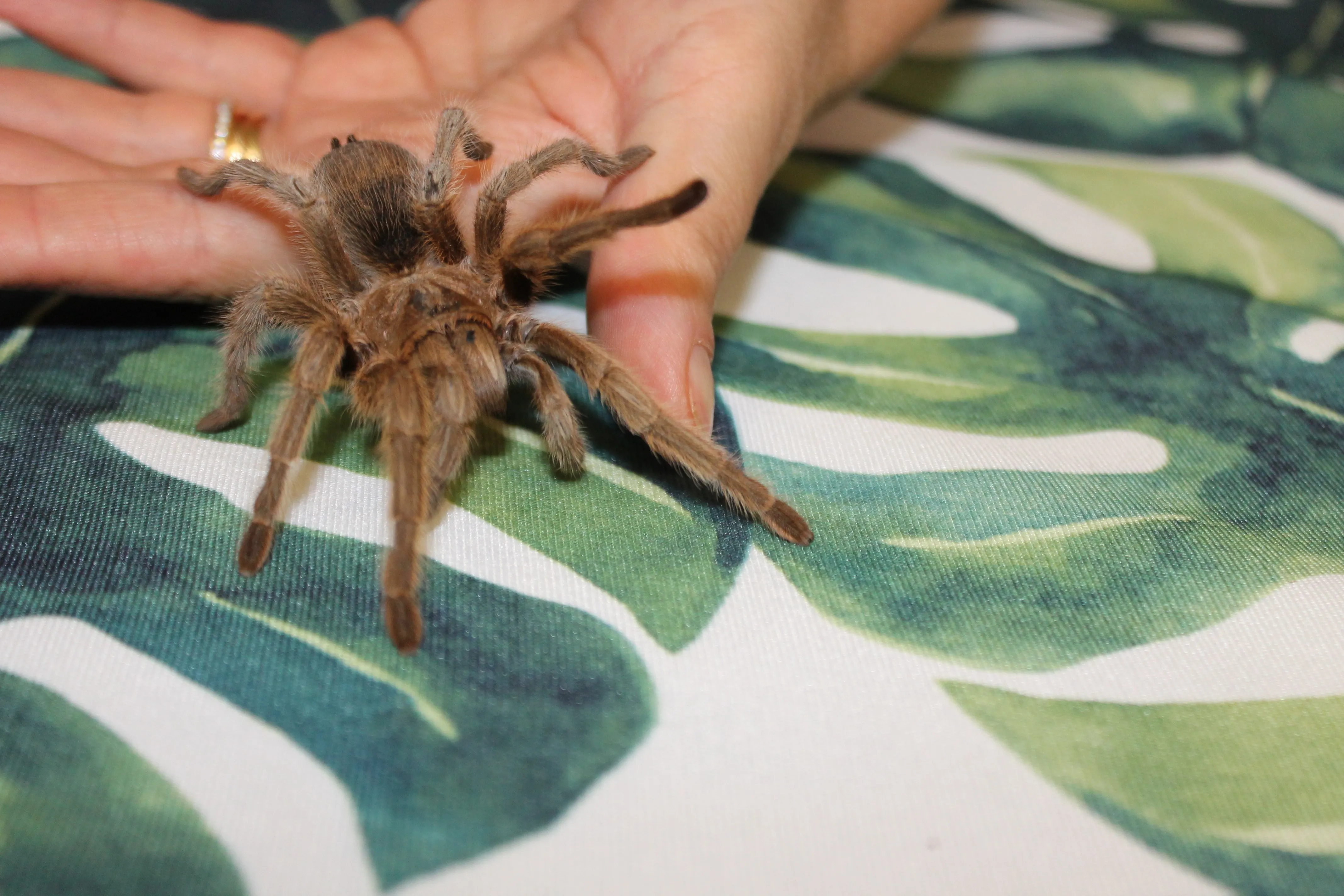
The feeding frequency depends on the tarantula’s age and size. Spiderlings and juveniles may need to be fed more frequently, while adult tarantulas can be fed less often. A general guideline is to feed juveniles 2-3 times per week and adults once a week or every other week. Observe your tarantula’s abdomen; if it is plump, it’s well-fed. Adjust the feeding quantity based on the tarantula’s appetite and the size of the prey.
Maintaining Optimal Tarantula Health
Maintaining your tarantula’s health involves recognizing signs of a healthy tarantula, being aware of common health issues, and knowing when to seek professional veterinary assistance. Regular observation and preventative care will go a long way in ensuring your tarantula lives a long and healthy life. A proactive approach can help you address any potential health problems early on.
Recognizing Signs of a Healthy Tarantula
A healthy tarantula should be active and responsive to its environment. Its abdomen should be plump, not shrunken. The legs should be strong and the spider should move around with ease. The tarantula should eat regularly and molt without any issues. The enclosure should be clean, and the tarantula should not show any signs of distress. Regular observation will allow you to become familiar with your tarantula’s normal behavior and notice any changes promptly.
Common Tarantula Health Issues
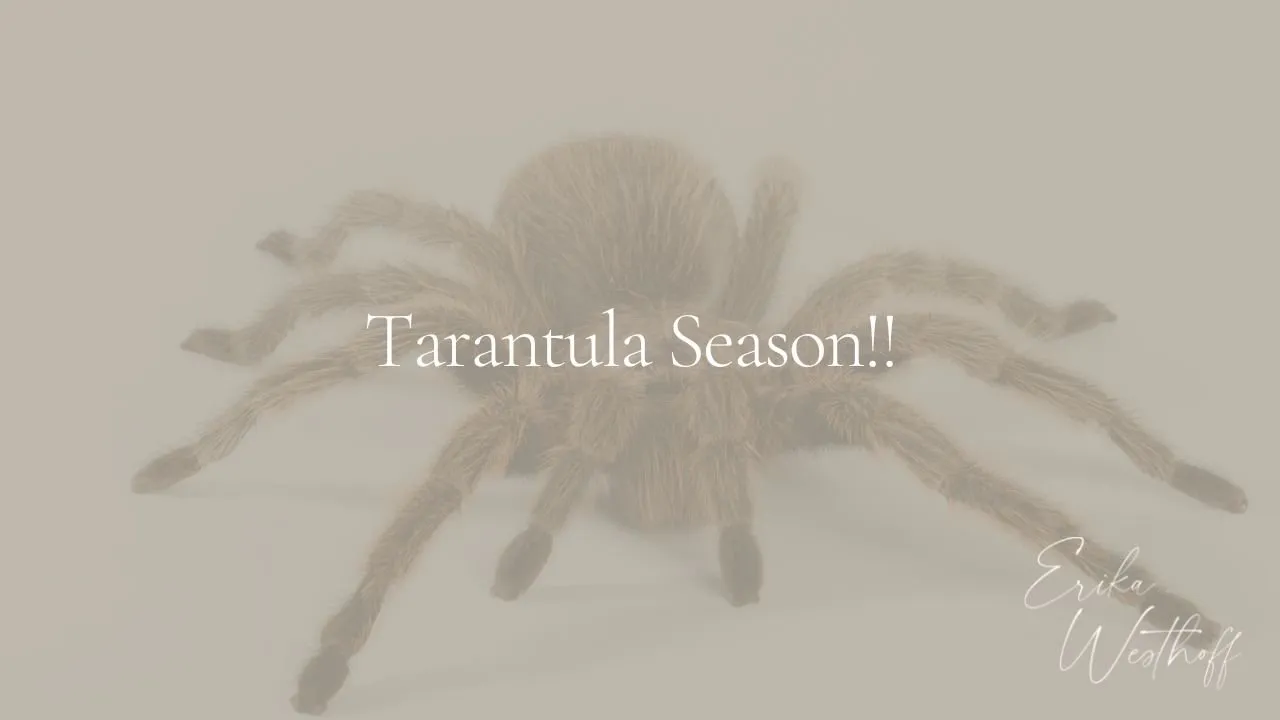
Common health issues include mites, fungal infections, and dehydration. Mites can be a nuisance, often found on the tarantula or in the enclosure. Fungal infections can occur if the enclosure is too humid. Dehydration can result from a lack of access to fresh water. Regularly inspect the tarantula and the enclosure for any signs of these problems. Prompt intervention is essential to prevent the issues from worsening and harming the tarantula.
When to Seek Veterinary Assistance
If your tarantula shows signs of illness, such as lethargy, loss of appetite, or unusual behavior, it’s important to consult a veterinarian experienced with exotic pets. Not all vets specialize in tarantulas, so finding one with expertise in arachnid care is crucial. Provide as much information as possible about the tarantula’s condition and its environment. Early intervention by a professional can often make a difference in the tarantula’s recovery and overall health.
Safe Handling and Interaction
While tarantulas are fascinating creatures, it’s crucial to handle them with care. Safe handling techniques and understanding tarantula behavior are essential for your safety and the tarantula’s well-being. Even though tarantulas rarely bite, they can be skittish and defensive if they feel threatened. Prioritizing safety will prevent accidents.
The Importance of Safe Handling Techniques
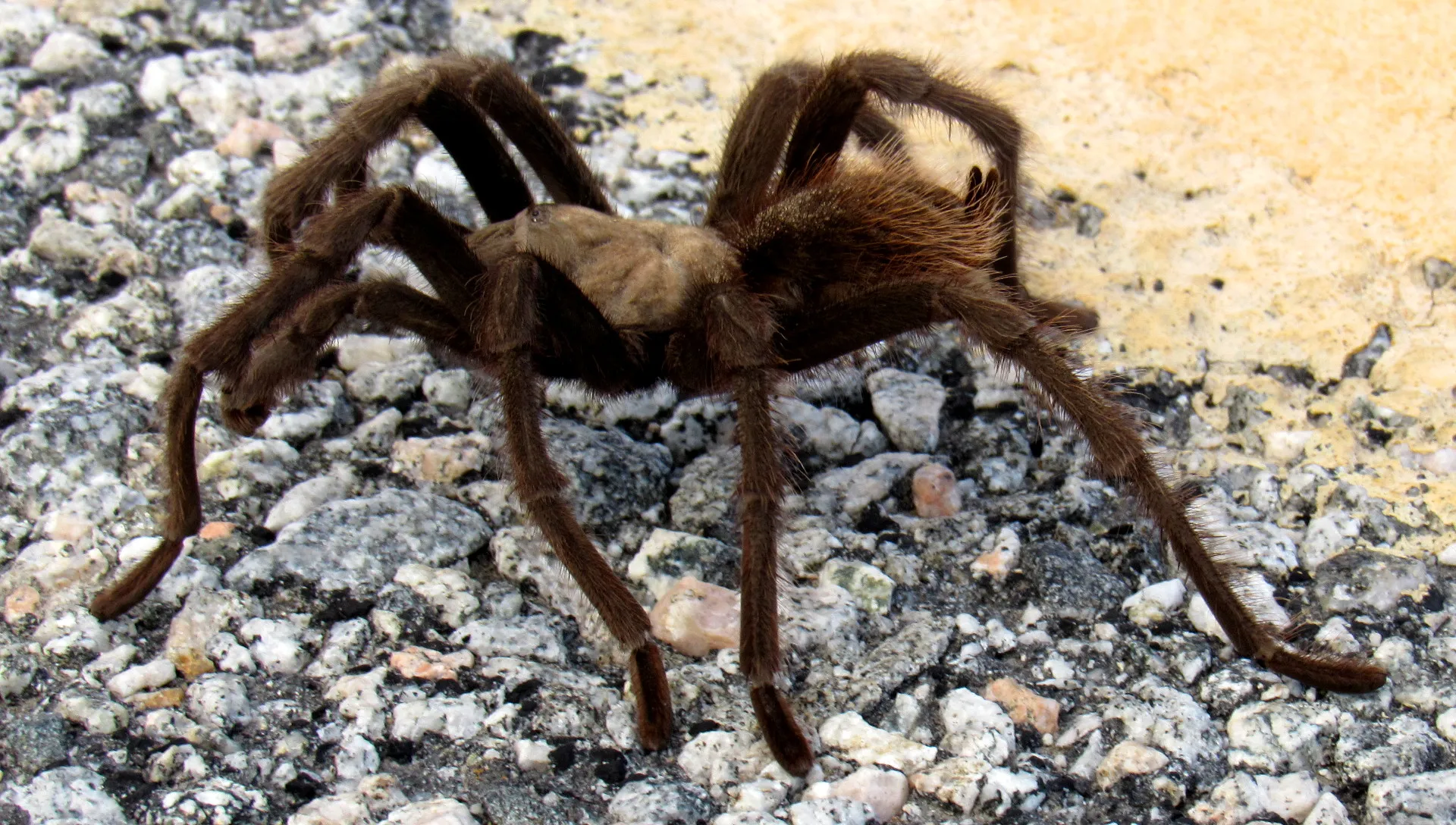
Generally, it’s best to avoid handling tarantulas unless necessary. Tarantulas can be easily injured if they fall or are mishandled. If you must handle your tarantula, do so close to the ground to minimize the risk of a fall. Gently coax the tarantula onto your hand, allowing it to walk on its own. Avoid squeezing or applying pressure. Wash your hands thoroughly before and after handling.
Understanding Tarantula Behavior
Tarantulas can exhibit different behaviors, such as flicking hairs, raising their front legs, or running away. These behaviors can indicate stress or defensiveness. Familiarize yourself with these signs to avoid startling or agitating your tarantula. Observing the tarantula in its habitat can also provide insights into its mood and general well-being. Learn to read the signs your tarantula is giving you.
Avoiding Potential Hazards
Always be mindful of potential hazards. Avoid sudden movements and loud noises when near your tarantula. Make sure the enclosure is secure to prevent escapes. Keep the tarantula away from other pets, such as cats and dogs, as they can pose a threat. Ensure that children understand the importance of not disturbing the tarantula without supervision. Proper precautions will help to keep your tarantula safe and secure in its environment.
Caring for a tarantula is a rewarding experience. By following these top 5 must-knows - choosing the right species, setting up the perfect habitat, feeding it the right diet, maintaining its health, and practicing safe handling - you can ensure your tarantula thrives. Remember to do your research, be patient, and enjoy the fascinating world of tarantula keeping. With the right knowledge and care, your tarantula can become a captivating and enriching addition to your life.
